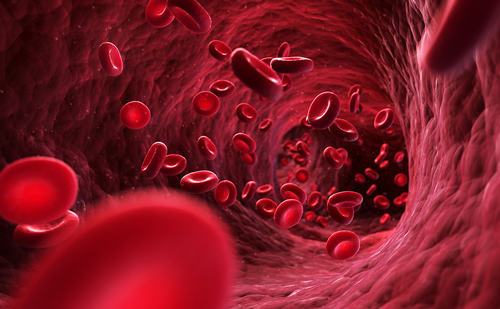Cardiac autonomic testing and diagnosing heart disease. “A clinical perspective”
Abstract:
Overview
Background. Coronary heart disease (CHD) is a major health concern, affecting nearly half the middle-age population and responsible for nearly one-third of all deaths. Clinicians have responsibilities beyond diagnosing CHD, including risk stratification of patients for major adverse cardiac events (MACE), modifying the risks and treating the patient. In this first of a two-part review, identifying risk factors is reviewed, including more potential benefit from autonomic testing. Methods. Traditional and non-traditional, and modifiable and non-modifiable risk factors for MACE where compared, including newer risk factors, such as inflammation, carotid intimal thickening, ankle-brachial index, CT calcium scoring, and autonomic function testing, specifically independent measurement of parasympathetic and sympathetic (P&S) activity. Results. The Framingham Heart Study, and others, have identified traditional risk factors for the development of CHD. These factors effectively target high-risk patients, but a large number of individuals who will develop CHD and MACE are not identified. Many patients with CHD who appear to be well-managed by traditional therapies still experience MACE. In order to identify these patients, other possible risk factors have been explored. Advanced autonomic dysfunction, and its more severe form, cardiac autonomic neuropathy, have been strongly associated with an elevated risk of cardiac mortality and are diagnosable through P&S testing. Conclusions. Independent measures of P&S activity, provides additional information and has the potential to incrementally add to risk assessment. This additional information enables physicians to (1) specifically target more high-risk patients and (2) titrate therapies, with autonomic testing guidance, in order to minimize risk of cardiac mortality and morbidity.
Keywords
Cardiac autonomic neuropathy, Cardiovascular risk factors, Heart disease, Mortality
Article:
Article Information:
Disclosure
Financial support: No grants or funding have been received for this
study.
Correspondence
Nicholas L. DePace, Sr. M.D. 438 Ganttown Rd., Ste. 8 & 9 Sewell, NJ 08080, USA dovetech@erols.com







